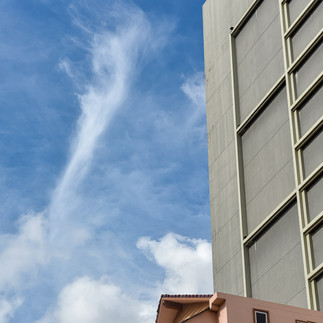🧭 Learning to See: How Legacy Zooms Teach Creative Restraint
- Ian Miller

- Sep 15
- 2 min read
In an era of autofocus speed and edge-to-edge sharpness, legacy zoom lenses might seem like relics. They’re heavier, slower, and often softer than their modern counterparts. But for those who choose to work with them, they offer something rare: a built-in discipline. A way to slow down, to choose deliberately, and to see more deeply.

🧠 The Myth of Convenience
Modern zooms promise flexibility—one lens to rule them all. But that flexibility can become a trap. With too many focal lengths at your fingertips, it’s easy to chase compositions rather than build them. Legacy zooms, with their slower mechanics and narrower sweet spots, ask you to commit.
Push-pull zooms require physical engagement. You don’t flick a ring—you slide into a frame.
Variable apertures force you to think about light, depth, and exposure with every change.
Soft corners and flare become part of the image’s character, not flaws to correct.
These lenses don’t just capture—they shape how you shoot.
🖼 Restraint as Rhythm
Legacy zooms encourage a rhythm that primes often accelerate past:
You pause.
You frame.
You adjust.
You shoot.
There’s no racing to the next shot. No burst mode frenzy. Just the quiet negotiation between eye, hand, and moment. And in that space, restraint becomes rhythm.
🪞 Embracing Imperfection
Legacy zooms rarely deliver clinical perfection. But they offer something more valuable: interpretation. Their rendering is often softer, more atmospheric, more forgiving. They invite you to lean into mood, gesture, and story.
A slightly hazy 135mm frame feels like memory.
A muted 35mm street scene evokes presence without intrusion.
A mid-zoom portrait carries the weight of distance and intimacy.
These imperfections aren’t limitations. They’re language.
🧳 Who Benefits from This Practice?
Photographers seeking intentionality over automation
Educators modeling creative discipline for students
Documentarians who value emotional truth over technical polish
Artists exploring the poetry of imperfection
Legacy zooms don’t just teach restraint—they reward it. They remind us that gear is not the goal. Vision is.
In the end, working with a legacy zoom is like writing with a fountain pen. It’s slower. Messier. But it leaves a mark that feels human.






















Comments